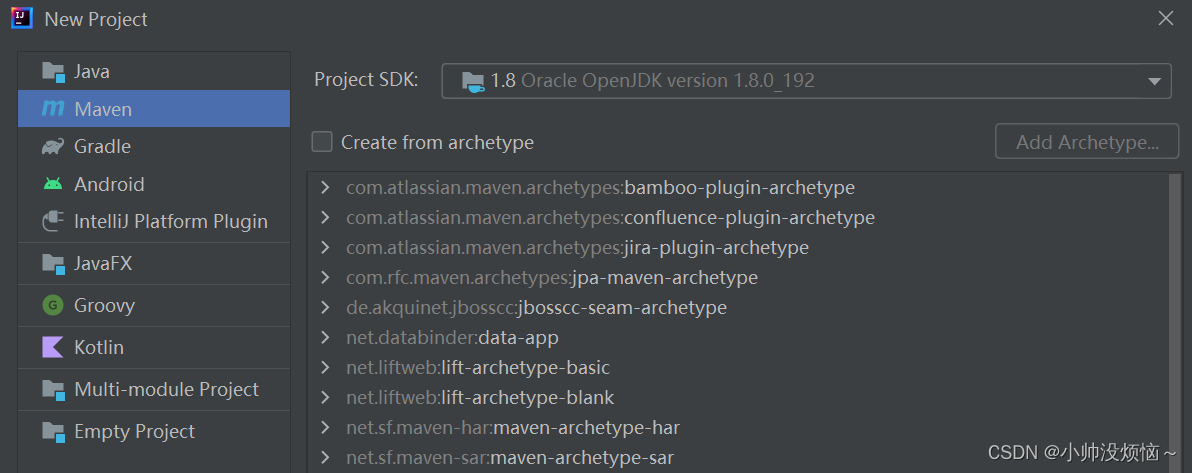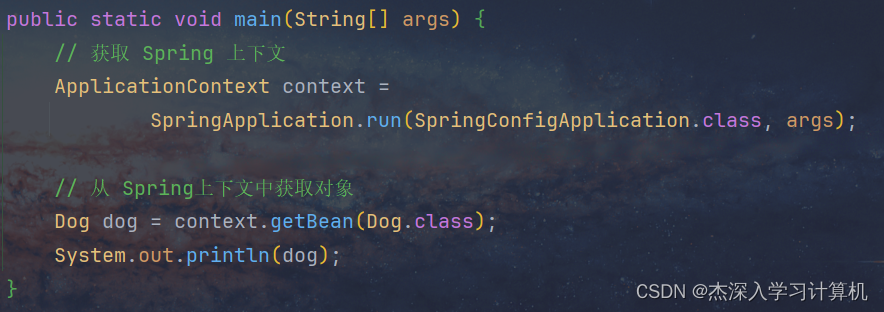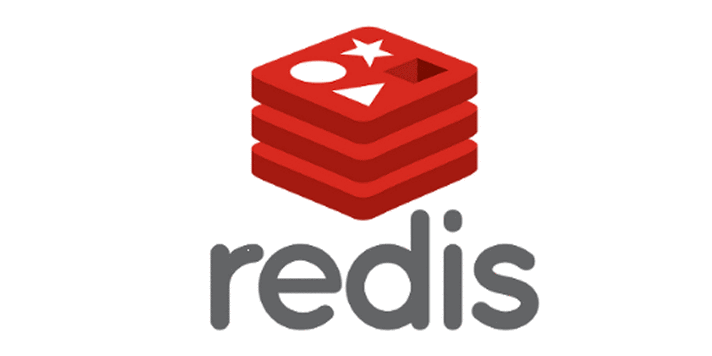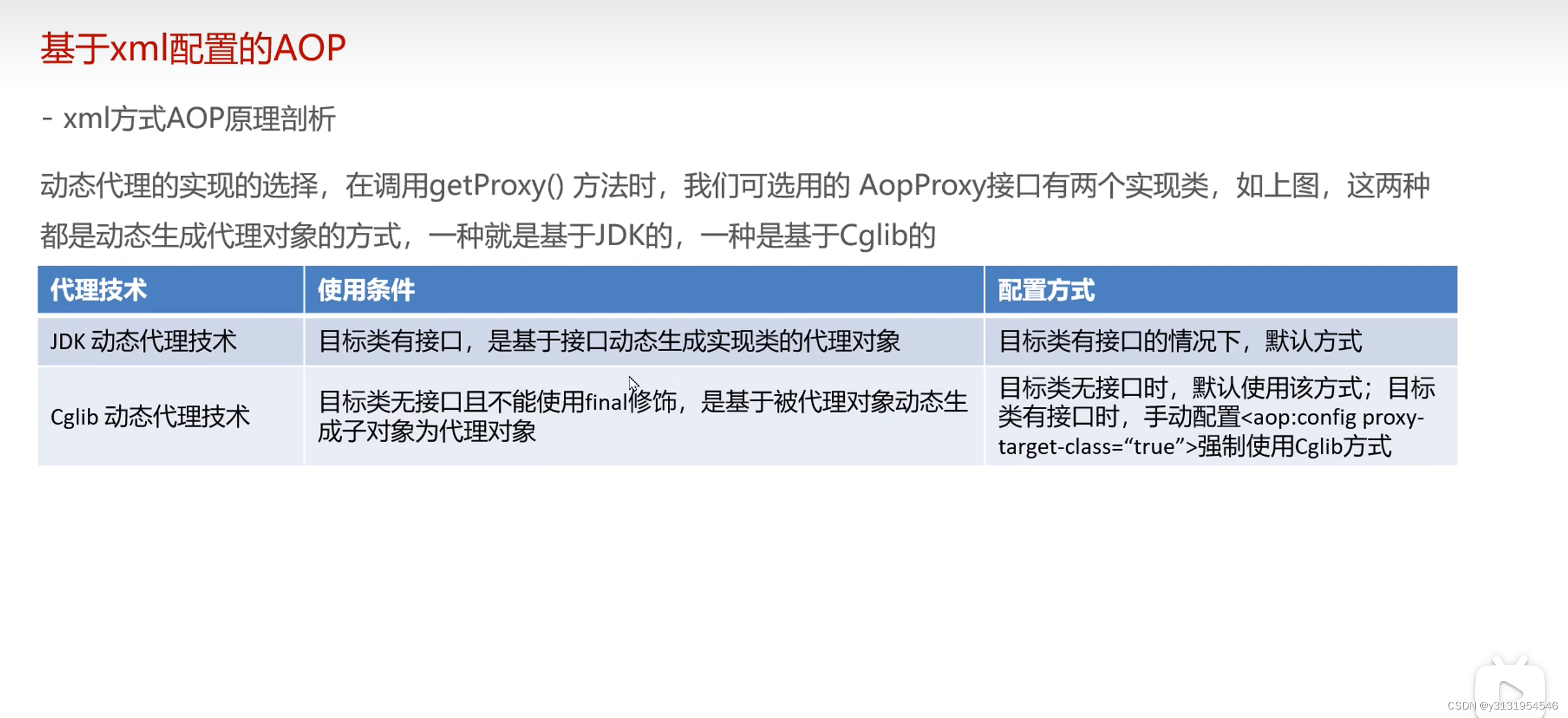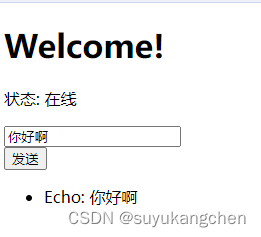1. SpringBoot操作Redis
在Spring Boot应用程序中操作Redis通常涉及到使用Spring Data Redis,这是一个提供简便方法来操作Redis的库。以下是一个基本示例,演示如何在Spring Boot应用程序中集成和使用Redis:
步骤 1: 添加依赖项
首先,在你的pom.xml文件中添加Spring Data Redis的依赖项。
<dependencies>
<!-- Spring Data Redis -->
<dependency>
<groupId>org.springframework.boot</groupId>
<artifactId>spring-boot-starter-data-redis</artifactId>
</dependency>
<!-- Redis客户端,如Jedis或Lettuce -->
<dependency>
<groupId>io.lettuce</groupId>
<artifactId>lettuce-core</artifactId>
</dependency>
<!-- 其他依赖... -->
</dependencies>
步骤 2: 配置Redis
在你的application.properties或application.yml文件中配置Redis的连接信息。
# application.properties
spring.redis.host=localhost
spring.redis.port=6379
# 如果需要密码
# spring.redis.password=yourpassword
步骤 3: 创建实体类
创建一个简单的实体类来表示你将要存储在Redis中的数据。
import java.io.Serializable;
public class User implements Serializable {
private String id;
private String name;
// getter和setter方法
}
步骤 4: 使用RedisTemplate
在你的服务或控制器中使用RedisTemplate来操作Redis数据。
import org.springframework.beans.factory.annotation.Autowired;
import org.springframework.data.redis.core.RedisTemplate;
import org.springframework.stereotype.Service;
@Service
public class UserService {
@Autowired
private RedisTemplate<String, User> redisTemplate;
public void saveUser(User user) {
redisTemplate.opsForValue().set(user.getId(), user);
}
public User getUser(String id) {
return redisTemplate.opsForValue().get(id);
}
// 其他方法...
}
步骤 5: 运行应用程序
现在,你的Spring Boot应用程序已经配置好了对Redis的支持。你可以通过UserService类来进行数据的增删查改操作。
注意事项
- 确保Redis服务器正在运行并且连接信息正确。
RedisTemplate提供了各种操作Redis的方法,包括对键值对、散列、列表、集合和有序集合的操作。- 根据需要,你可以自定义
RedisTemplate的序列化机制。
这个例子提供了一个基本的入门指南,展示了如何在Spring Boot应用程序中集成和使用Redis。根据你的具体需求,可能需要更深入地定制配置和实现。
2. SpringBoot操作ES
要在Spring Boot应用程序中操作Elasticsearch(ES),你可以使用Spring Data Elasticsearch。Spring Data Elasticsearch提供了与Elasticsearch交互的高级抽象,包括用于保存、索引和搜索文档的模板和存储库支持。以下是一个基本的示例,展示如何在Spring Boot应用中集成和使用Elasticsearch:
步骤 1: 添加依赖项
首先,在你的pom.xml文件中添加Spring Data Elasticsearch的依赖项。请确保这些依赖项与你的Spring Boot版本兼容。
<dependencies>
<!-- Spring Data Elasticsearch -->
<dependency>
<groupId>org.springframework.boot</groupId>
<artifactId>spring-boot-starter-data-elasticsearch</artifactId>
</dependency>
<!-- 其他依赖... -->
</dependencies>
步骤 2: 配置Elasticsearch
接下来,在你的application.properties或application.yml文件中配置Elasticsearch的连接信息。
# application.properties
spring.data.elasticsearch.cluster-name=your-cluster-name
spring.data.elasticsearch.cluster-nodes=localhost:9300
spring.elasticsearch.rest.uris=http://localhost:9200
步骤 3: 创建实体类
创建一个实体类来表示你将要存储在Elasticsearch中的数据。
import org.springframework.data.annotation.Id;
import org.springframework.data.elasticsearch.annotations.Document;
@Document(indexName = "blog", type = "article")
public class Article {
@Id
private String id;
private String title;
private String content;
// getter和setter方法
}
步骤 4: 创建Repository接口
创建一个继承ElasticsearchRepository的接口。这将为你的实体类提供CRUD操作。
import org.springframework.data.elasticsearch.repository.ElasticsearchRepository;
public interface ArticleRepository extends ElasticsearchRepository<Article, String> {
// 可以添加自定义的搜索方法
}
步骤 5: 使用Repository
现在你可以在你的服务或控制器中使用ArticleRepository来操作数据了。
import org.springframework.beans.factory.annotation.Autowired;
import org.springframework.stereotype.Service;
@Service
public class ArticleService {
@Autowired
private ArticleRepository articleRepository;
public void saveArticle(Article article) {
articleRepository.save(article);
}
public Article findArticle(String id) {
return articleRepository.findById(id).orElse(null);
}
// 其他方法...
}
步骤 6: 运行应用程序
现在,你的Spring Boot应用程序已经配置好了对Elasticsearch的支持。你可以通过ArticleService类来进行数据的增删查改操作。
注意事项
- 确保Elasticsearch服务器正在运行并且连接信息正确。
- Spring Data Elasticsearch抽象了很多底层操作,但在进行复杂查询时,你可能需要更深入地了解Elasticsearch的查询DSL。
- 适当地处理Elasticsearch版本与Spring Data Elasticsearch版本之间的兼容性。
这个例子提供了一个基础的入门指南,展示了如何在Spring Boot应用中集成和使用Elasticsearch。根据你的具体需求,可能需要更深入地自定义配置和查询实现。
3. SpringBoot操作MongoDB
在Spring Boot中操作MongoDB通常涉及到使用Spring Data MongoDB,这是一个提供简便方法来操作MongoDB的库。以下是一个基本示例,演示如何在Spring Boot应用程序中集成和使用MongoDB:
步骤 1: 添加依赖项
首先,在你的pom.xml文件中添加Spring Data MongoDB的依赖项。
<dependencies>
<!-- Spring Data MongoDB -->
<dependency>
<groupId>org.springframework.boot</groupId>
<artifactId>spring-boot-starter-data-mongodb</artifactId>
</dependency>
<!-- 其他依赖... -->
</dependencies>
步骤 2: 配置MongoDB
在你的application.properties或application.yml文件中配置MongoDB的连接信息。
# application.properties
spring.data.mongodb.uri=mongodb://username:password@localhost:27017/databaseName
步骤 3: 创建实体类
创建一个实体类来表示你将要存储在MongoDB中的数据。
import org.springframework.data.annotation.Id;
import org.springframework.data.mongodb.core.mapping.Document;
@Document
public class User {
@Id
private String id;
private String name;
private String email;
// getter和setter方法
}
步骤 4: 创建Repository接口
创建一个继承MongoRepository的接口。这将为你的实体类提供CRUD操作。
import org.springframework.data.mongodb.repository.MongoRepository;
public interface UserRepository extends MongoRepository<User, String> {
// 可以添加自定义的查询方法
}
步骤 5: 使用Repository
现在你可以在你的服务或控制器中使用UserRepository来操作数据了。
import org.springframework.beans.factory.annotation.Autowired;
import org.springframework.stereotype.Service;
@Service
public class UserService {
@Autowired
private UserRepository userRepository;
public void createUser(User user) {
userRepository.save(user);
}
public User getUser(String id) {
return userRepository.findById(id).orElse(null);
}
// 其他方法...
}
步骤 6: 运行应用程序
现在,你的Spring Boot应用程序已经配置好了对MongoDB的支持。你可以通过UserService类来进行数据的增删查改操作。
注意事项
- 确保MongoDB服务器正在运行并且连接信息正确。
- Spring Data MongoDB提供了简化MongoDB操作的方法,但对于复杂查询,你可能需要了解更多关于MongoDB查询语法的信息。
- 在实际应用中,可能需要考虑更多的功能,如事务管理、复杂查询和数据校验等。
这个例子提供了一个基本的入门指南,展示了如何在Spring Boot应用程序中集成和使用MongoDB。根据你的具体需求,可能需要更深入地定制配置和实现。
原文地址:https://blog.csdn.net/m0_54187478/article/details/135735979
本文来自互联网用户投稿,该文观点仅代表作者本人,不代表本站立场。本站仅提供信息存储空间服务,不拥有所有权,不承担相关法律责任。
如若转载,请注明出处:http://www.7code.cn/show_61921.html
如若内容造成侵权/违法违规/事实不符,请联系代码007邮箱:suwngjj01@126.com进行投诉反馈,一经查实,立即删除!

